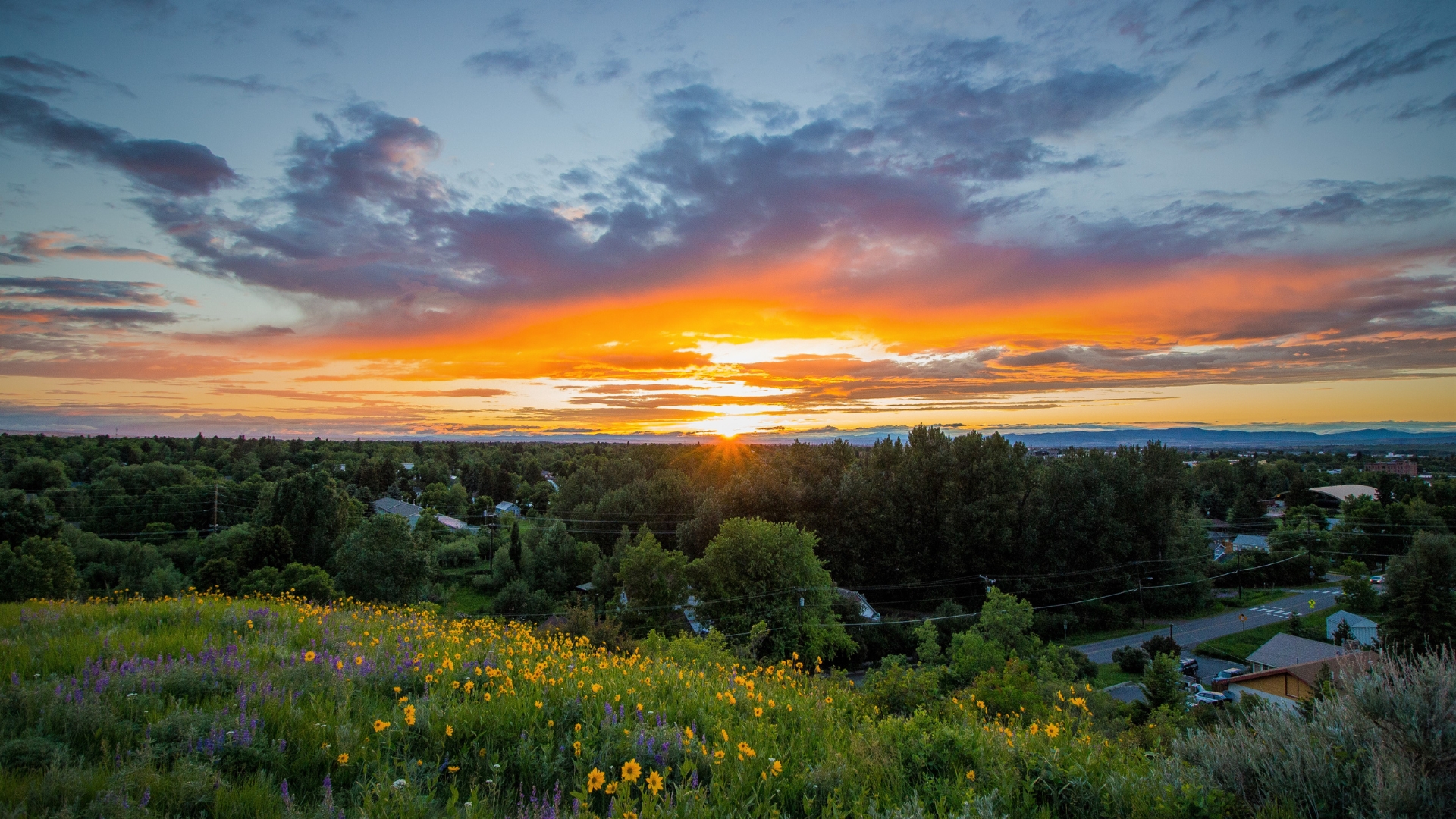Thirty percent of Montana is public land but, according to the Montana Wilderness Society, only 3.7% is protected as wilderness. In the United States, 12% of the land has some protected status. These places provide vital habitat for fish and wildlife, recreation and solitude, and clean water storage. Yet, wildlands everywhere are undergoing rapid change as a result of global warming and increasing human pressure, and the way we envision them now is not how they’ll look in the future. In Montana, climate is already affecting the integrity of protected places, and current changes in species composition, water availability and severe wildfires will only become more evident in the decades ahead.
My discipline of paleoecology gives some insight here. Whenever the climate has changed in the past, species have had to adapt or move in response, or face extinction. The geologic record is replete with examples of dramatic changes in species distribution and ecosystem structure during past periods of warming and cooling. Now, ecosystems are experiencing temperatures that are warmer than at any time the last 120,000 years and levels of carbon dioxide that have not been as high for 3.3 million years. It’s fair to say that no ecosystem is in sync with the current rate of climate change. No wonder scientists point to the current global extinction rates as Earth’s Sixth Extinction crisis.
To accomplish these goals, we need information. The 2017 Montana Climate Assessment (MCA) was produced by the Montana Institute on Ecosystems as a collaboration of universities, agencies, tribal colleges, nonprofit organizations and individuals. Foremost among MCA findings were that temperatures in Montana have increased 2-3 degrees F since 1950 and could be as high as 10 degrees F by the end of the century. Warmer temperatures are reducing our high elevation water supplies as rain replaces snow and leading to earlier snowmelt, faster runoff, summer water shortages and more wildfires. The report considered these impacts on Montana’s water resources, agricultural sector and forests.
How will climate change affect our wildlands? We are overdue for an assessment of the future of Montana’s protected lands, fish and wildlife in the face of climate change. This foundational information is needed to guide state-level conservation planning as well as educate resource stewards and the public about ongoing environmental change. A MCA report on this topic would also support the federal “30 by 30” goal to protect 30% of land and ocean areas by 2030 to fight climate change and stem biodiversity loss. Without baseline information for our state, we are shooting in the dark when it comes to resource conservation, species management and the disposition of protected lands.

